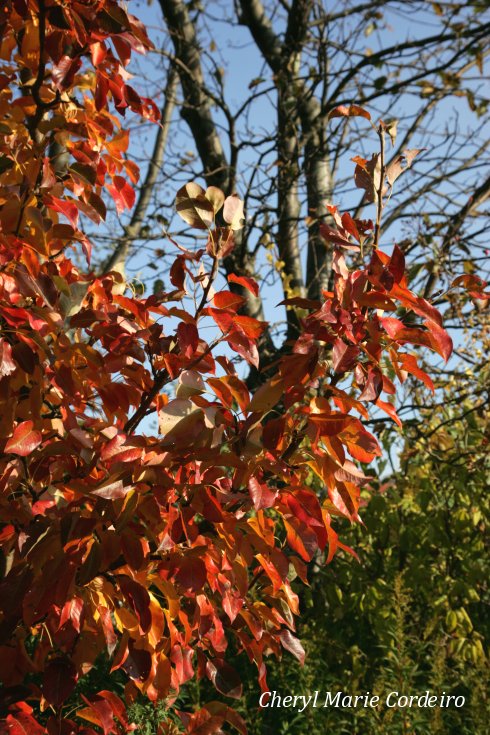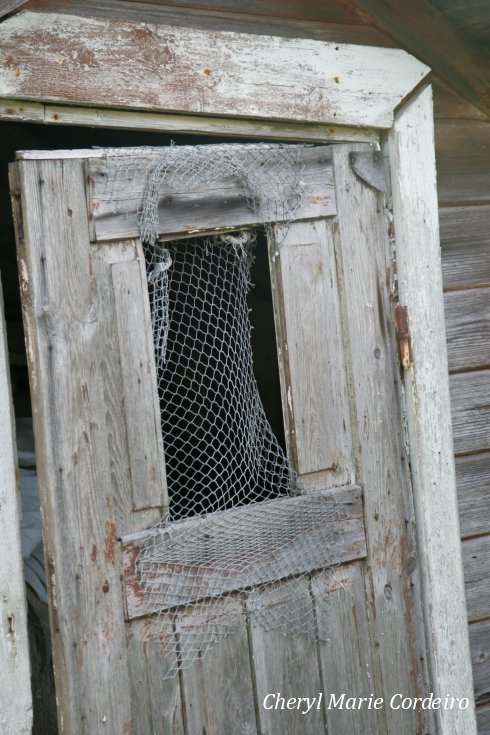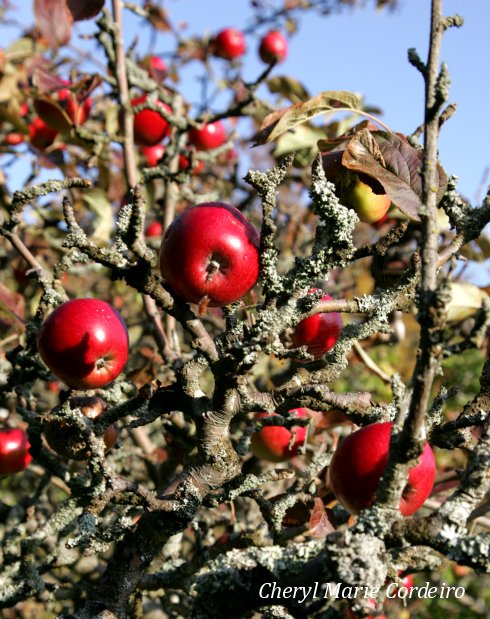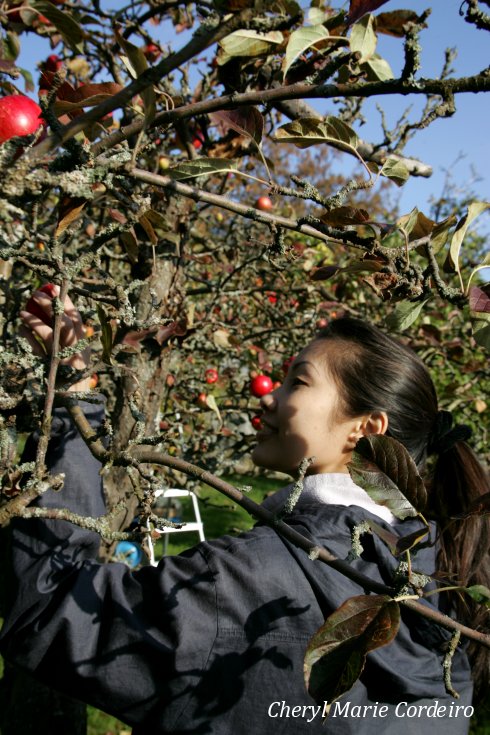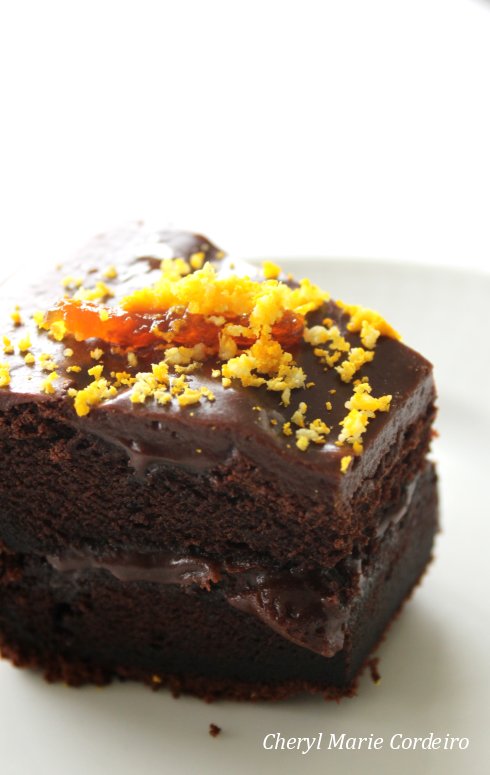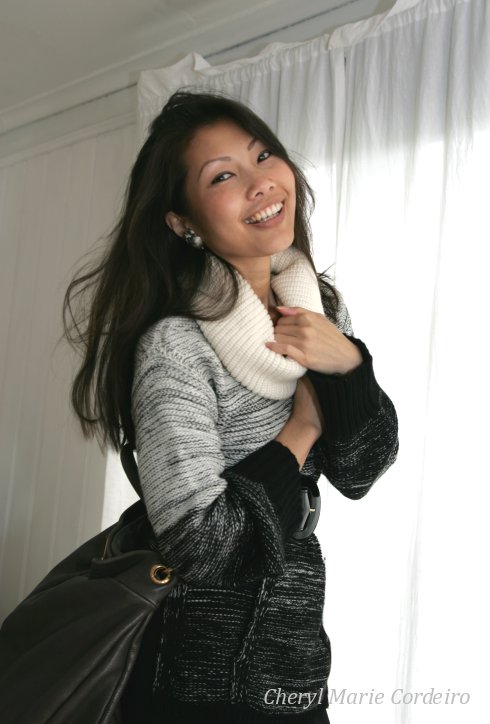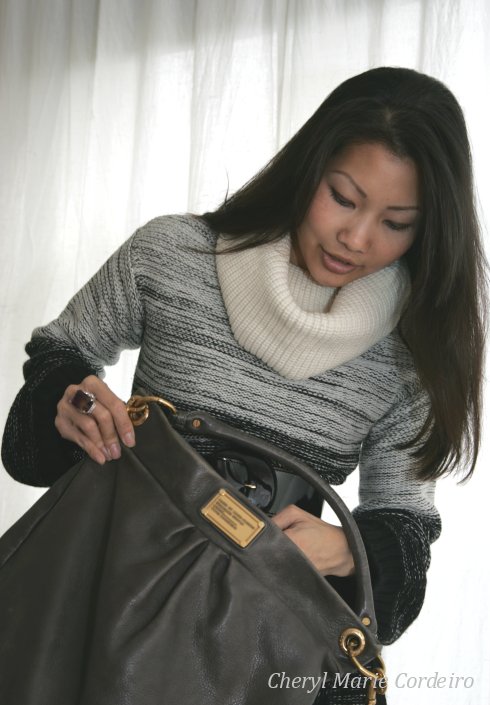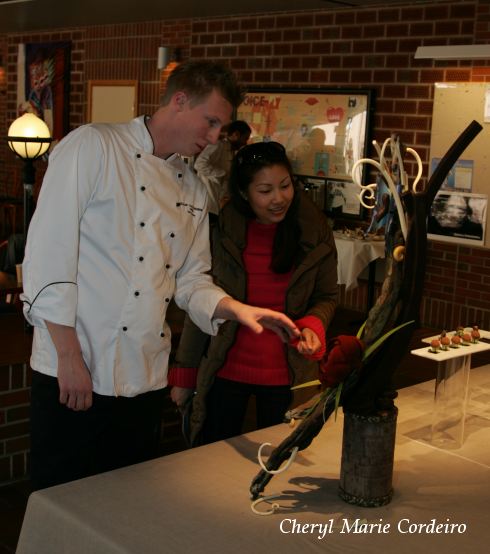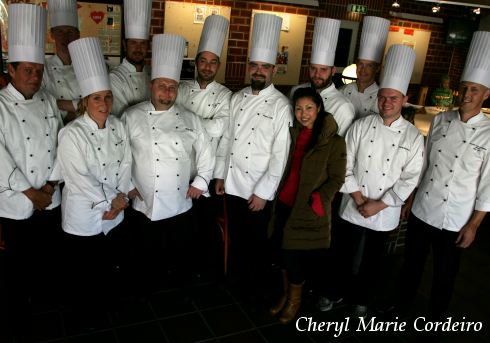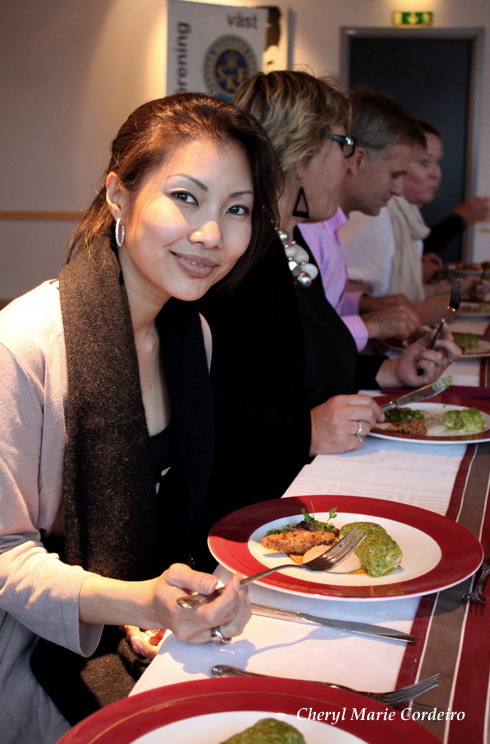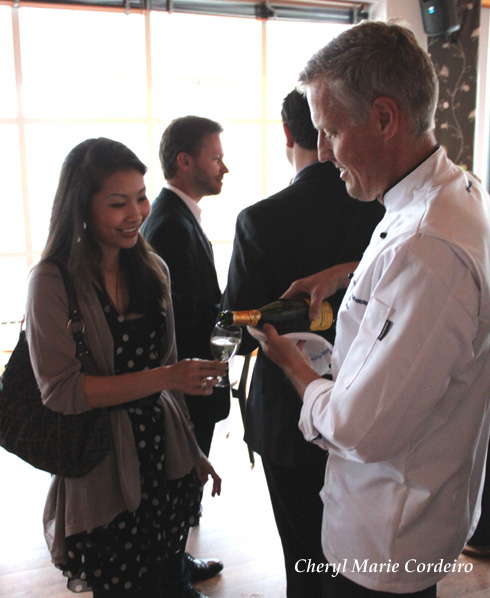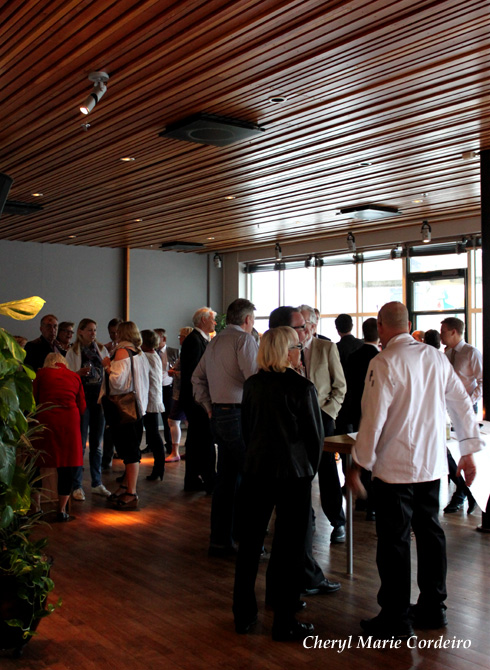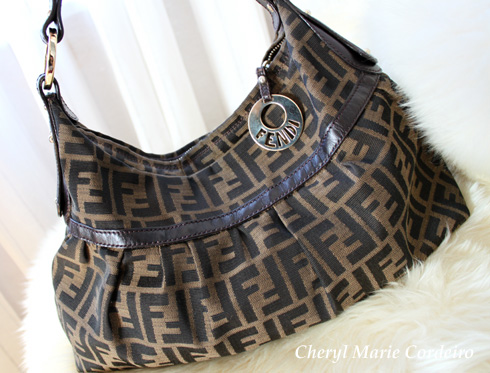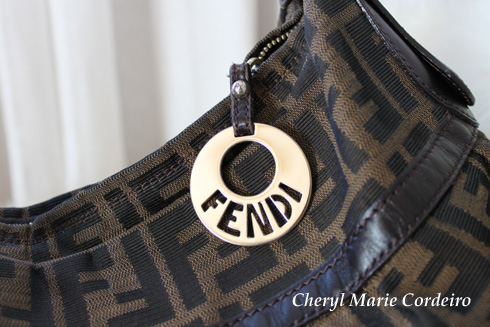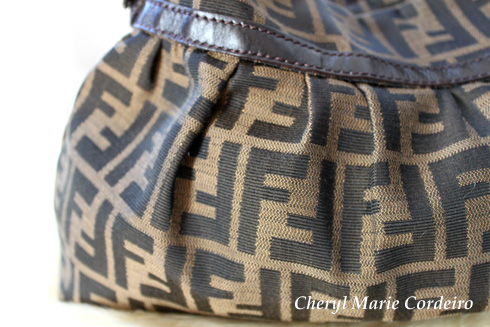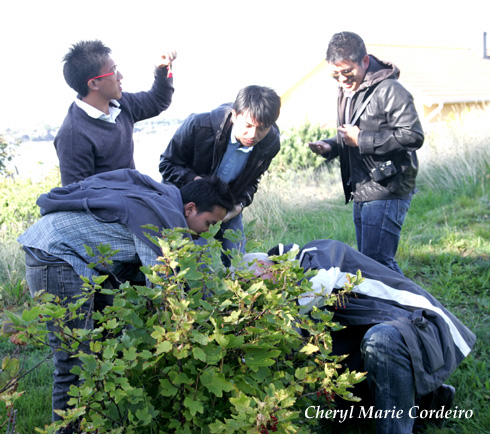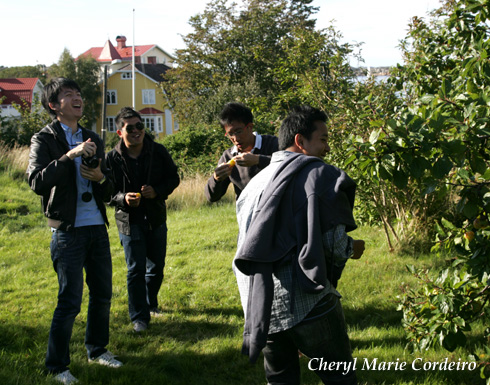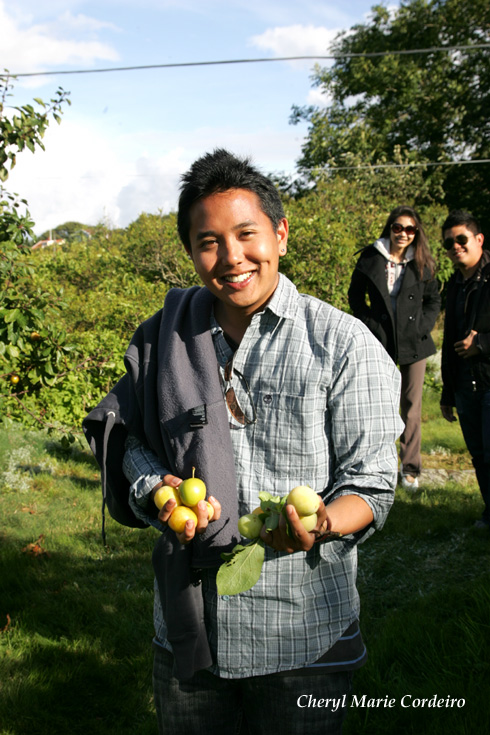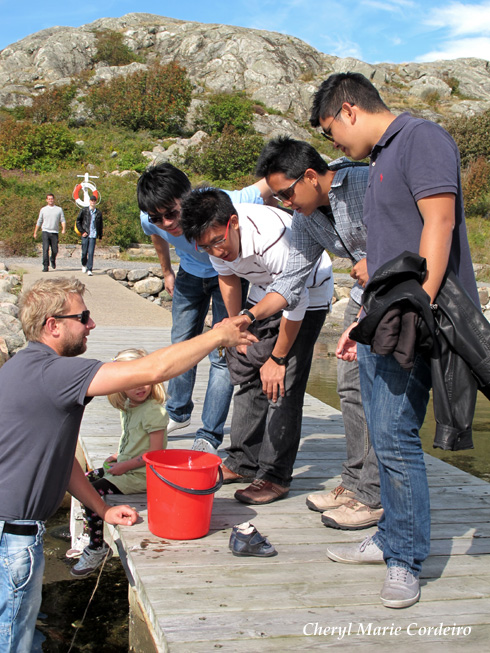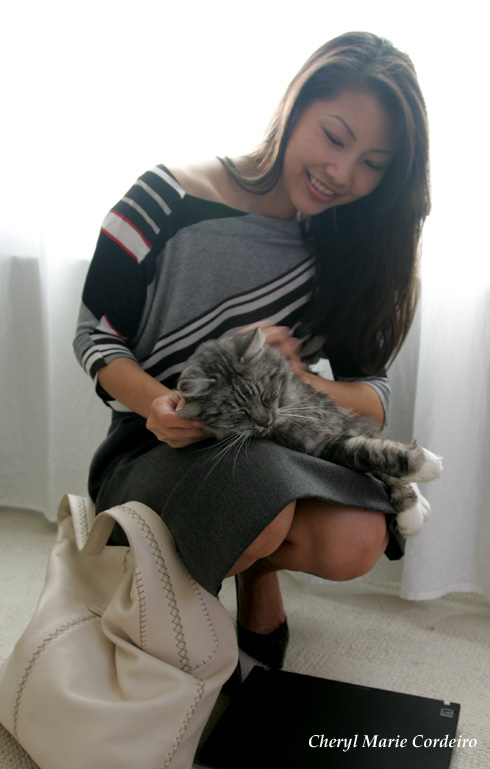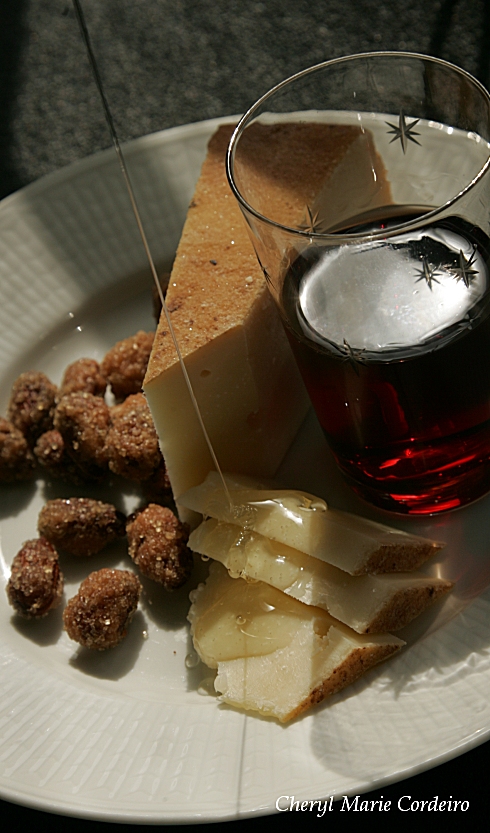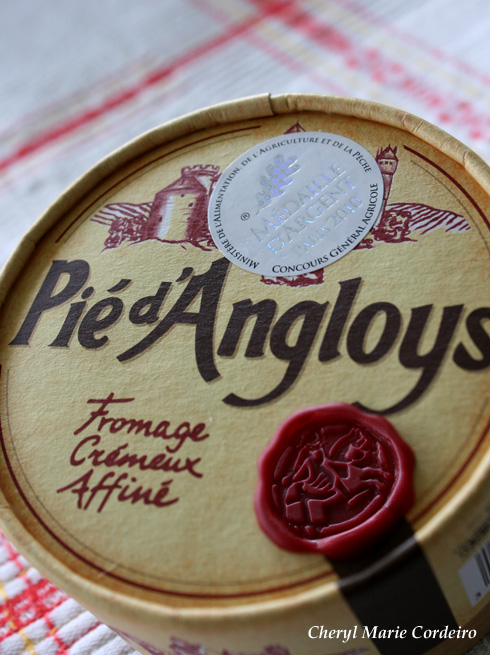
The golden Chanterelle – meaty, fragrant and perfect in a dollop of butter and cream!
Photo © J E Nilsson and C M Cordeiro-Nilsson for CMC 2010
There is in particular one mushroom in Sweden that is most popular with amateur mushroom pickers – the Chanterelle mushroom. This yellow-gold treat of a fungus is freely available in the forests during autumn for anyone who bothers to go out to find it, and for the less adventurous of us, it’s available at the wet markets and in the grocery stores for purchase.
Autumn is the season of Chanterelles, where you can find them lying hidden and camouflaged among the piles of fallen autumn leaves. Deliciously edible, this mushroom is easily recognizable by its rich yellow colour, its flat umbrella top, long ribbed stem and characteristic fragrance of something in-between flowers and forest after rain.
Continue reading “Chanterelle forest gold”
